These Date and Lemon Scones will be a great addition to your baking repertoire. With the slight caramel flavour of naturally sweet dates, complemented by the vibrancy of lemon zest, they are soft on the inside, with a crisp exterior and a crunchy golden top. You will love their versatility. Serve them warm or cold, plain, just as they are, spread generously with butter or lashings of jam and cream. They are easy to make – and even easier to eat!
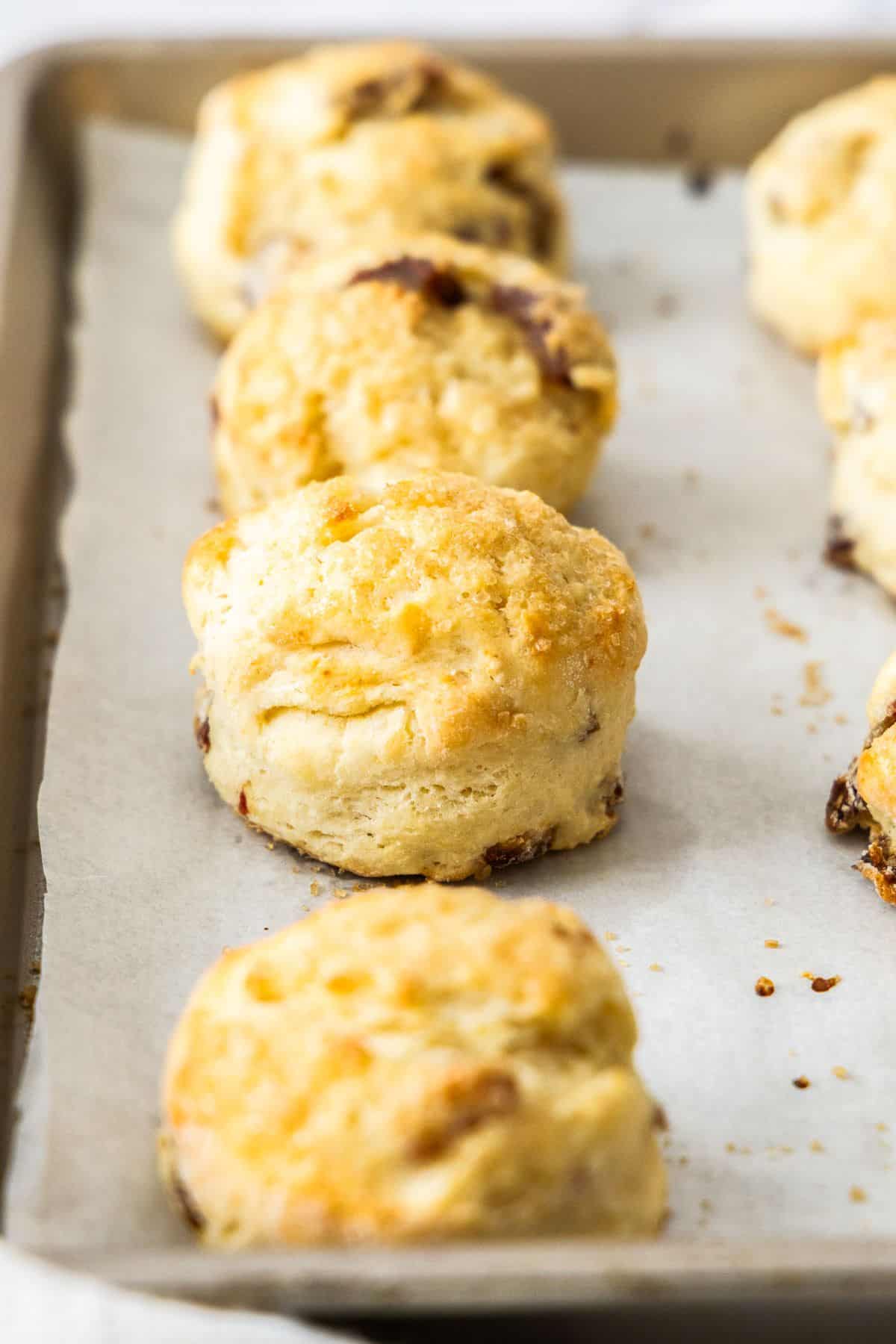
Why You'll Love This Recipe:
- We use buttermilk and frozen butter for the perfect textured scone - tender and flaky.
- For many of us, scones have been a part of our life, and the aroma as they bake evokes homely, comforting memories.
- There are few baked items that are quicker or easier to make than scones.
- Most baked items require you to be patient until they have cooled before you eat them. Not so scones! They are at their best when eaten while still warm.
- They reheat well and are also freezer friendly.
Recipe Inspiration: adapted from my Mum’s Buttermilk Scones. The combination of dates and lemon is one of my favourites.
Ingredients and Substitutions:
Please see the recipe card further along in the post for exact quantities of ingredients and the full method.

- Plain/all-purpose flour – we use this versatile flour – it does not contain a raising agent.
- Baking powder – this is the main raising agent in the scones.
- Baking soda – reacts with acidic buttermilk, helping the scones to rise and become lighter.
- Sea salt – a small amount of salt boosts the flavour of the scones. We use coarse cooking sea salt; table salt is not suitable.
- Caster/superfine sugar – we add a small amount for sweetness.
- Butter – our preference is unsalted so that we can control the salt in the recipe. We use frozen butter as it makes the scones extra flaky.
- Medjool dates – naturally sweet and moist, with a gentle flavour of caramel, they are a great addition to baked goods.
- Lemon zest – the zest of a lemon contains aromatic essential oils that add great flavour.
- Buttermilk - traditionally, buttermilk was the liquid left over after churning cream to make butter. Today, the buttermilk we are most likely to buy is a cultured product. The culturing process adds tang and a complex flavour. It is an extremely versatile ingredient; use it in sweet or savoury dishes, from baked goods, pancakes to fried chicken. In this recipe we use it in the scone mixture as well as the glaze.
- Demerara sugar – a type of raw cane sugar that it is less processed than regular white sugar. It is a pale golden colour, has a gentle caramel flavour, a large grain, and a crunchy texture. A sprinkle of demerara sugar adds a crunchy finish to baked goods.
Variations:
Demerara sugar – turbinado sugar is a good substitute.
Medjool dates – you can substitute with dried dates if you prefer. If you’ve had the dates for some time and they feel dry, soak them in a bowl of hot water for 10 minutes or until they have softened.
Lemon zest – orange zest is a good alternative.

How To Make Date Scones:
Please see the recipe card further along in the post for exact quantities of ingredients and the full method.

1 – Prepare your dry ingredients:
To a medium size bowl, add the dry ingredients. Whisk them well to combine.
Using a box grater, grate frozen butter into the flour mixture, and use a fork to toss the flour to combine the butter. Add the dates and lemon zest, breaking up the pieces of dates as you go, so they don’t all clump together. Toss in the flour to combine.
2 – Add in the buttermilk:
Make a well in the centre and add buttermilk.
Use a flat bladed knife and quickly stir to combine the ingredients.
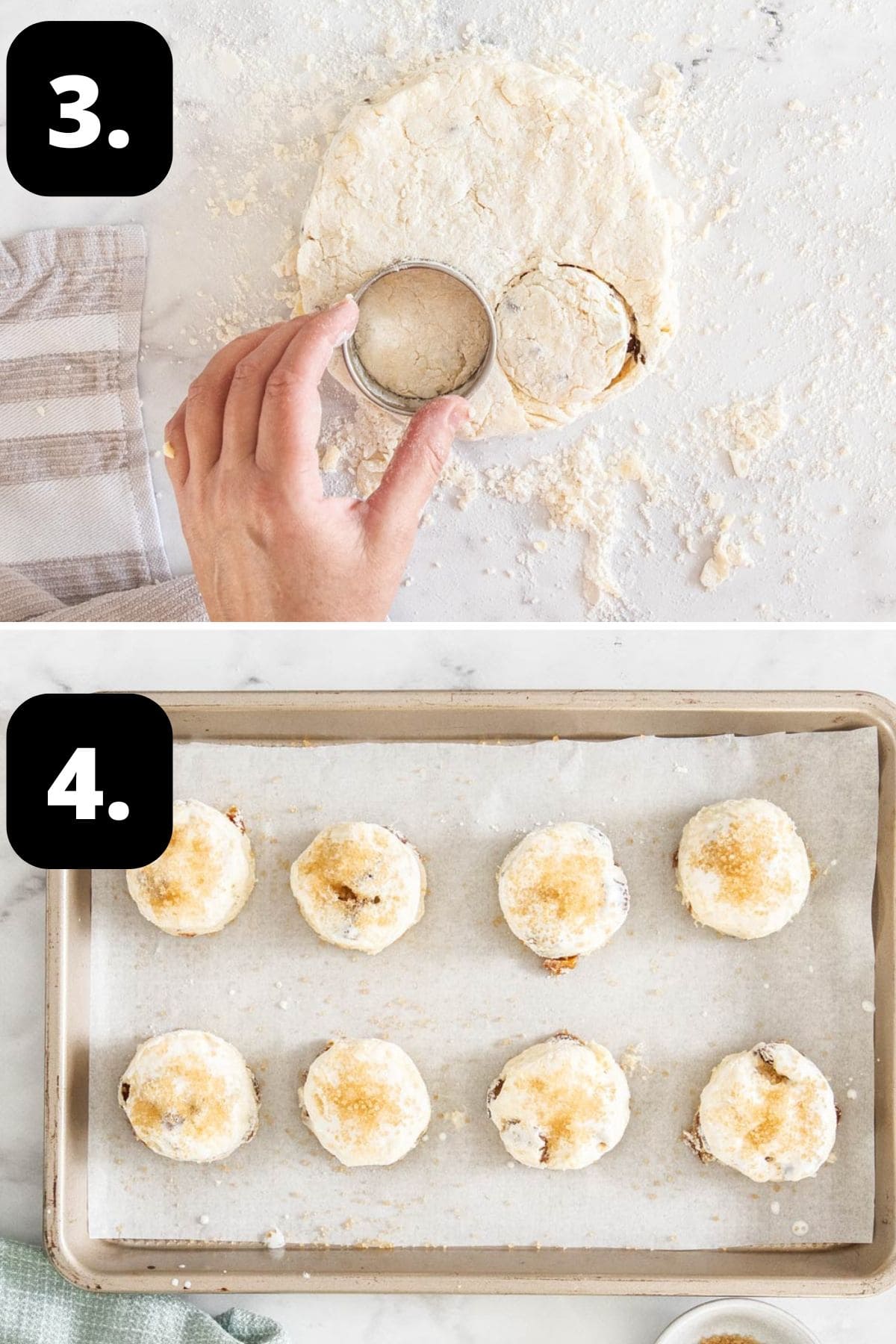
3 – Shape the dough and cut out the scones:
Turn out the dough onto a lightly floured surface and gently bring the mix together. Use your fingertips to pat out to a round.
Use a floured cutter to cut out eight circles, re-shaping the dough as necessary.
4 – Bake the scones:
Place the scones onto the baking tray. Lightly brush the tops of the scones with buttermilk and sprinkle with demerara sugar.
Place the tray in the oven and bake until deep golden.
Hint: for a better rise and scones with straight sides, press the cutter straight down, do not twist it.

Tips for Success, Storage and FAQs:
Scones are at their best when eaten shortly after baking, but you can keep leftovers well covered with cling wrap or in an airtight container for up to 3 days. To freshen them up, they can be reheated – see below. They are best stored in a cool location as refrigerating tends to make them hard.
Yes, they can. When they have cooled, place them in an airtight container, clearly labelled with their name and date, and freeze for up to 3 months. Reheat as below.
Place them on a baking tray or small ovenproof platter and cover loosely with foil. Reheat in a 180 degrees C (355 F) oven for about 8 minutes. Uncover for the last 2 minutes to re-crisp the exterior a little.
We have successfully made this recipe using a good quality gluten-free flour containing xanthan gum. The hydration level is different, and we needed to use an extra 40 ml of buttermilk with the brand of flour we used. The scones are flatter, they do not rise as much, but they taste delicious and are a fantastic gluten-free option.
Top Tip:
A tip from my Nana – when eating a scone, it is best to break it, not cut it. Cutting a hot scone may cause the dough to compress and become gummy.
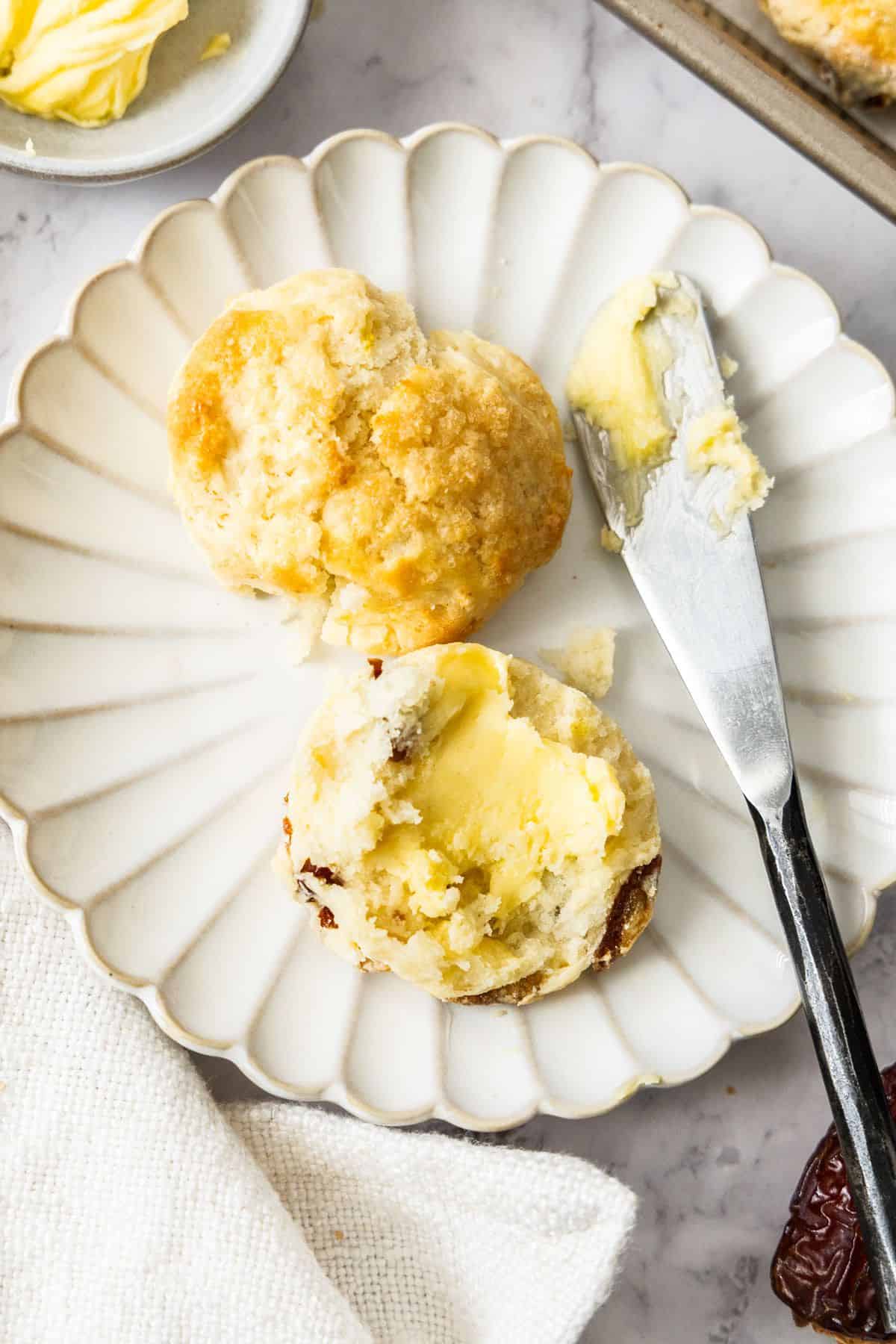
Serving Suggestions:
A scone, fresh from the oven, is such a special treat. There are many ways to enjoy them. Some suggestions are:
- Enjoy on their own - they have so much flavour that they really can be enjoyed without anything else.
- Serve the scones hot from the oven with good quality butter.
- They are ideal for morning or afternoon tea, served with jam and thick cream. Treat your very lucky companions to a choice of jam. Two of my favourites are Strawberry Jam and Persimmon Jam.
- Serve them for breakfast or brunch; they are ideal with coffee.
- Line a small basket or bowl with a pretty napkin and add the scones. They are a very welcome edible gift.
I hope you'll love the delicious combination of date and lemon as much as we do.Please let me know if you give this delicious recipe a try.
Alex xx
More Delicious Recipes For You To Try:
Stay in touch!
Follow me on Facebook, Pinterest, Flipboard and Instagram and subscribe to my newsletter.
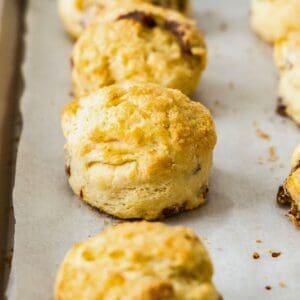
Date and Lemon Scones
Please note:
For accuracy, when weights are provided, we recommend weighing your ingredients. This will produce the best results. All oven temperatures listed are for fan forced.
Ingredients
For the Date and Lemon Scones:
- 225 g plain/all-purpose flour + more for rolling out as needed See Note 1
- 2 teaspoon baking powder
- ¼ teaspoon baking/bi-carb soda
- ¼ teaspoon sea salt
- 3 teaspoon caster/superfine sugar
- 50 g unsalted butter – frozen
- 120 g Medjool dates (weigh after pits removed) – cut into 1 cm (½ inch) cubes See Note 2
- 1 teaspoon lemon zest - firmly packed
- 220 ml buttermilk – kept chilled
For the Topping:
- 1 tablespoon buttermilk See Note 3
- 3 teaspoon demerara/turbinado sugar
Instructions
- Line a baking tray with non-stick baking paper.Preheat your oven to 200 degrees C. (390 F)
- To a medium size bowl, add the flour, baking powder, baking soda, salt, and sugar. Whisk ingredients well to combine.
- Using a box grater, grate the frozen butter into the flour mixture.Use a fork to toss the flour to combine the butter - you still want to be able to see the butter (makes for flaky scones!), this is just to avoid it clumping.Add in the dates (breaking the chopped pieces up as you go so they don’t all clump together) and lemon zest and toss in the flour.
- Make a well in the centre and add the buttermilk. Use a flat bladed knife and quickly stir to combine the ingredients. The dough should be slightly sticky and soft. Do not over mix.
- Turn out the dough onto a lightly floured surface. Gently bring the mix together.Use your fingertips to gently pat out the dough to a round, about 3 cm (1 ¼ inches) deep. Use a floured 5 cm round cutter to cut out 8 circles, re-shaping the dough as necessary. Press the cutter straight down - do not twist it.
- Place the scones onto the baking tray.Lightly brush the tops of the scones with buttermilk and sprinkle with demerara sugar.Place the tray into the oven and bake for 16-18 minutes, or until a deep golden.
- Enjoy while still warm or place the scones on a cooling rack. The scones are best the day they are made.We recommend breaking the scones open with your hands instead of cutting in half with a knife as this can compress the scone and make them less fluffy.
Notes
- Flour: if you prefer, you can also use self-raising flour. Omit the baking powder, but still add the baking soda.
- Dates: you can substitute the Medjool dates with dried dates if you prefer. If you’ve had the dates for some time and they feel dry, soak them in a bowl of hot water for 10 minutes or until they have softened.
- Tablespoon: we use a standard Australian tablespoon which is 20 ml (4 teaspoons). For readers located elsewhere in the world, please use 1 tablespoon + 1 teaspoon for each listed tablespoon.
- Gluten-free: we have successfully made this recipe using a good quality gluten-free flour containing xanthan gum. The hydration level is different, and an extra 40 ml of buttermilk was necessary with the brand of flour we used. The scones do not rise as much/are flatter, but they still taste delicious, and are a fantastic gluten-free option.
- Storage: although scones are at their best when eaten shortly after baking, you can store them on a plate covered with cling wrap or in an airtight container for up to 3 days. They respond well to being reheated – see below. Store them at room temperature if possible - the fridge tends to make them hard.
- Freezing: when they are completely cool, place them in an airtight container, or wrapped thoroughly to prevent freezer burn, clearly labelled with their name and date, and freeze for up to 3 months. Reheat as below.
- Reheating: the best way is to place them on a baking tray or small ovenproof platter, cover loosely with foil and reheat in a 180 degrees C (355 F) oven for about 8 minutes. Uncover for the last 2 minutes to re-crisp the exterior a little.
Nutrition Estimate:
Nutritional Disclaimer:
The nutritional information is an estimate only, and is derived from online calculators. For accurate results, we recommend calculating the nutritional information based on the ingredients and brands you use.












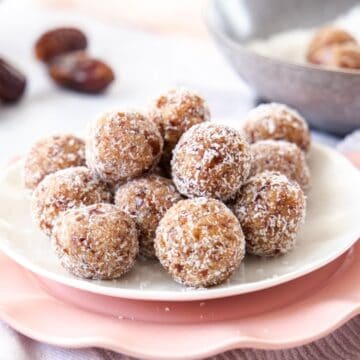

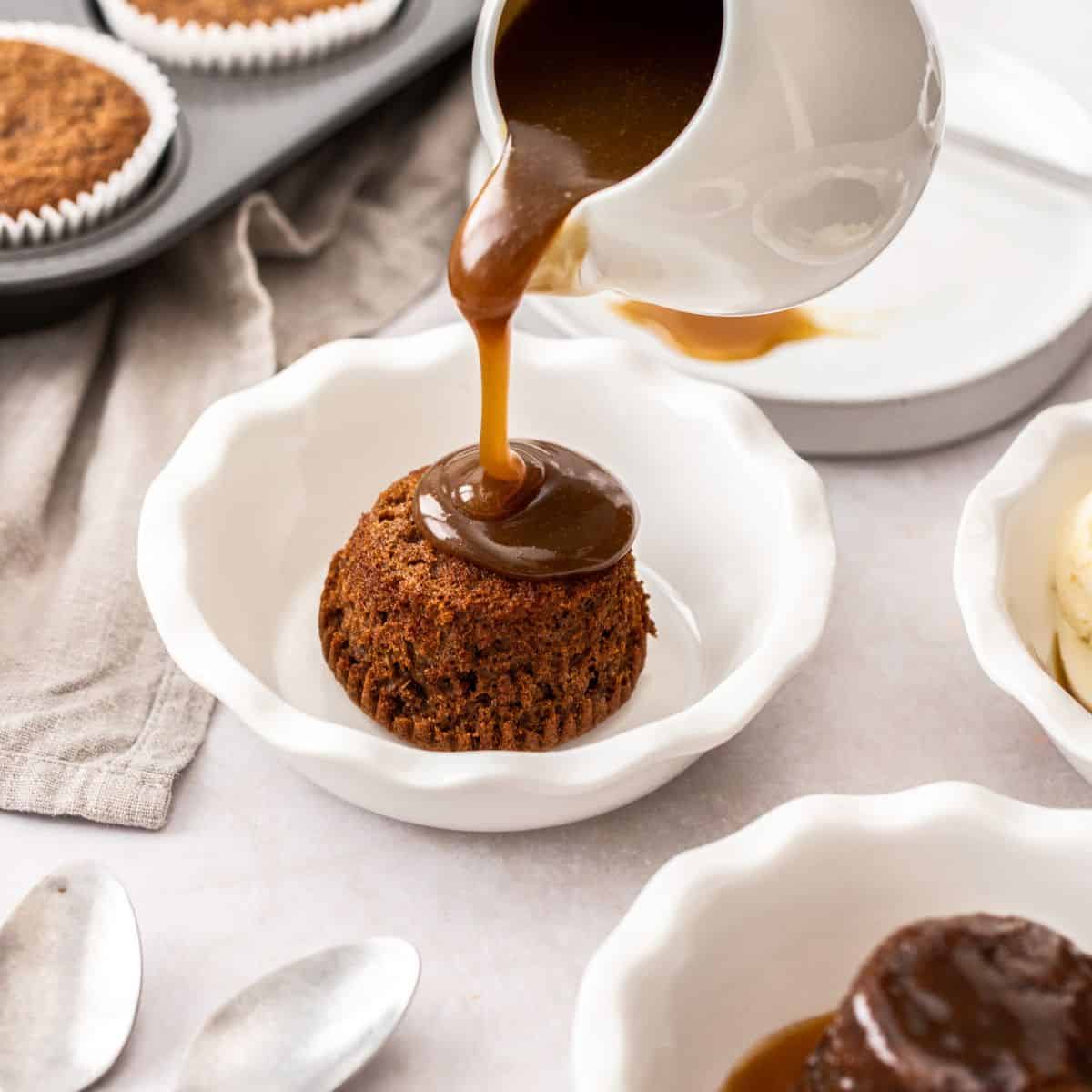
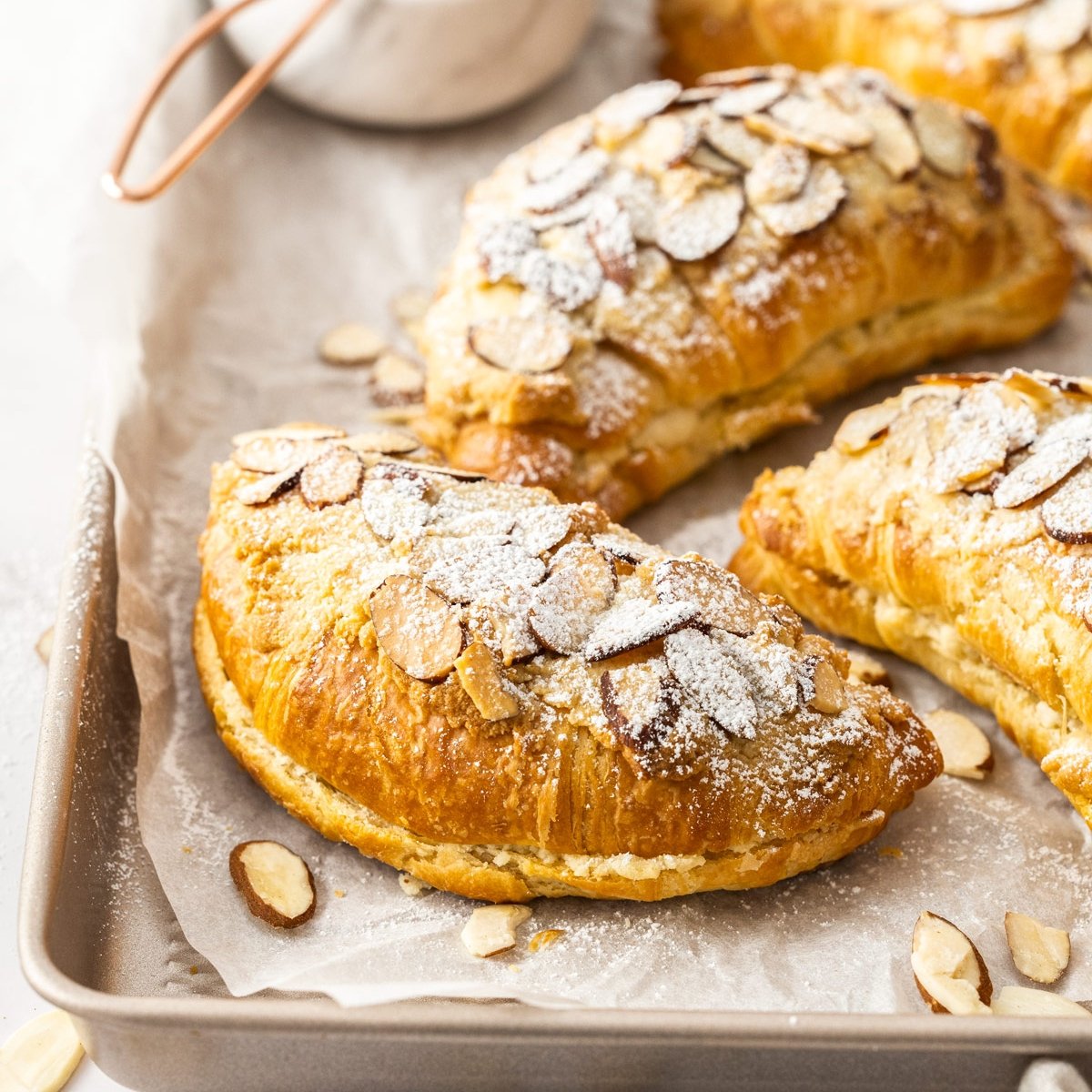
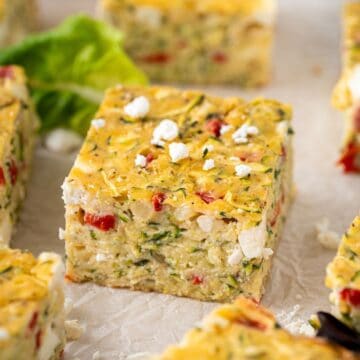
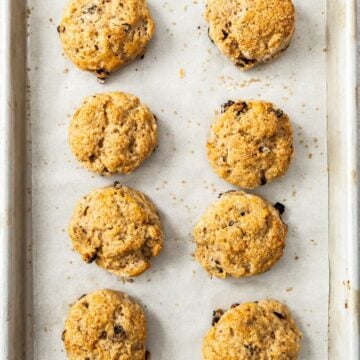
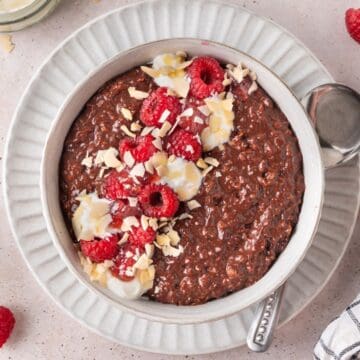
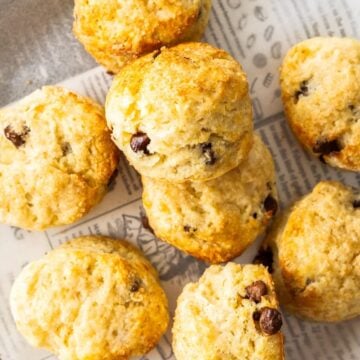
Lynne McNeill says
Made these on the weekend the flavors lemon and date go so well together.
This will be my go to recipe for scones
Alexandra Cook says
Hi Lynne,
Thank you so much for making this recipe - and so happy to hear it will be your go to 🙂
Appreciate you taking the time to leave a comment. Alex xo